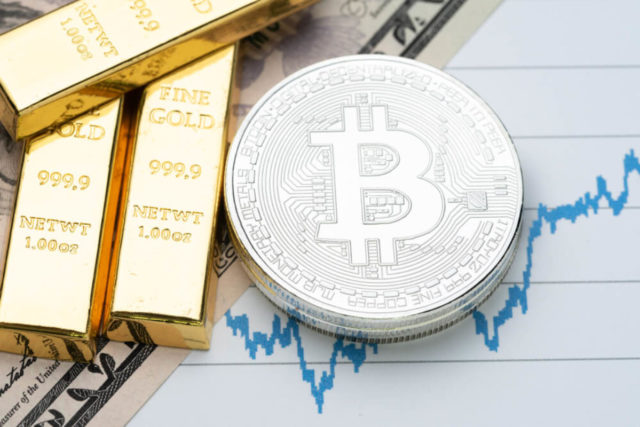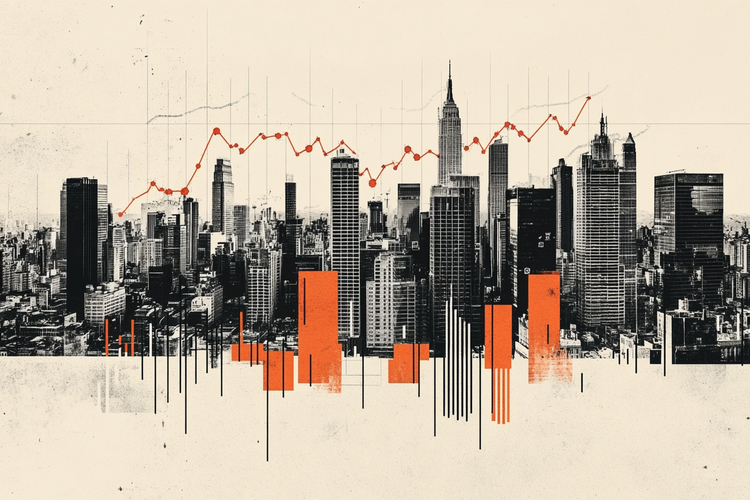You “fees reais” of NTN-B bonds —whose profitability is linked to official inflation— have reached the highest values since 2016, in a movement that involves both titles shorter maturities, such as 2024, as well as longer ones, such as 2050 and 2055.
In 2017, the yield above 6% was reached in just one day, but in 2016 it was consistently above this range. In 2022, there are more than 10 days in this situation, which was not seen in more troubled times, such as during the Covid-19 pandemic or in 2018, during the elections.
Bond interest reflects what investors are willing to receive as a premium for having “lent” money to the government. The higher the interest on longer contracts, the greater the perception of market risk. Interest on longer contracts also reflects what the market expects from the Selic, the economy’s basic interest rate.
The acronym NTN-B refers to a Note from the National treasure class B, a title of debt issued by the government to obtain money from creditors.
In the case of NTN-B, the interest paid to investors is formed by the union of the Broad Consumer Price Index (IPCA ) for the investment period and for an additional fee.
In other words, the idea is that the investment always exceeds the inflation period, and hence the rate is called real interest.
NTN-Bs are offered based on different maturity years. On July 11, the 2024 rate reached real interest of 6.84%, the highest value since March 8, 2016. It is the highest level since March 16, when it registered 6.99%.
The one maturing in 2050, which was already traded in 2016, registered 6.34%, the highest number since April 25, 2016, while the one for 2055 – which started to be offered in 2020 – rose to 6.34% , the highest value recorded so far.
The causes for the high
The composition of these real interest takes into account the Selic rate the inflation forecast for the period invested, considering the maturity, and also a “risk premium”, an additional amount paid to attract investors and offset perceptions of risk of non-payment of earnings.
Generally, increases involve a variation in one or all of these components. In 2016, for example, the scenario of economic crisis, lack of control over spending and political uncertainties with an impeachment process made real interest rates reach more than 7%.
In 2018, interest rates were around 6%, but without reaching it, due to the presidential elections. In 2020, the first months of pandemic almost made real interest rates reach 6%.
The difference for 2022, in the view of Damont Carvalho, macro fund manager at Claritas, is a combination of factors. “The rate reflects the expectation of structural reforms in the country, credibility of the Central Bank, credibility of fiscal anchors and current inflation”, he says.
He recalls that the establishment of spending ceiling as a fiscal anchor, it helped to reduce investors’ view of a lack of control over spending and conveyed the image that Brazil would be a good long-term payer, reducing risks and allowing interest rates to fall.
In 2018 and 2019, Maurício Valadares, fixed income manager at Af Invest, attributes the drops to “optimism with Minister Paulo Guedes and the expectation of structuring reforms, such as the Social Security that was carried out”.
Added to this environment, the Selic entered a downward cycle from 2019 onwards and reached historic lows, such as 2% in 2020 and 2021.
From 2021, however, the scenario began to change, especially due to the inflationary scenario in Brazil and in the world and the consequent rise in interest rates. Since 2021, the Selic has jumped from 2% to more than 13%, and public spending has also increased.
“Because it is a developing country that has gone through severe crises in recent years, in addition to having a high debt/GDP ratio, investors demand a little premium, for Brazil to borrow this money, and this reflects on interest rates being bigger,” he says.
Valadares highlights that, as of June this year, the fiscal issue in Brazil has become the most important factor to explain the rise in real interest rates.
“The worse this debt rhetoric gets, the more the real rate rises. When the Benefits PEC this rate increased, because the market understood that the credibility of the fiscal rules dropped a lot”, he said.
Carvalho assesses that the fear in the market is that the benefits linked to the PEC will be maintained regardless of the winner of the election, representing a definitive increase in spending and increasing debt, and therefore the so-called country risk.
According to Valadares, “when the market questions the sustainability of the debt dynamics, it asks for a higher risk premium, so the NTN-B rate increases and the exchange rate depreciates”.
There is also the global picture. Higher interest rates around the world and the greater chances of a generalized recession require higher interest rates to attract investors who, otherwise, tend to migrate to safer markets, in the case of United States whose bond yields may be lower but are rising with interest rates and are safer.
The combination of the deterioration of the fiscal framework, bringing more risks, a high Selic, an uncertain global framework and more pessimistic expectations about inflation in the coming years ended up creating the conditions for interest rates to return to 2016 levels.
The economist considers that “going above 6% is bad for the country, a weak signal, of more weakness, and gives more risk to the scenario”.
Is it time to invest?
For Carvalho, it is difficult to say how far real interest rates on NTN-B bonds should go, or if they could fall.
“Knowing this requires a clearer picture of the economic proposals of the candidates in the election, the agenda in relation to reforms and, most importantly, what the new fiscal anchor will be, given that today there is a defense that the spending ceiling has to fall, but we need an anchor”, he says.
Valadares, on the other hand, says that the interest rate trend depends on the government “doing its homework on public accounts”, but that, in recent weeks, it has taken “steps back” in this regard.
Therefore, he believes that the moment represents a good opportunity to invest in NTN-B as interest rates may rise even further with the election period but “not to invest a very high percentage of equity”.
“Investors have better remuneration, but there are risks. Brazil is far from defaulting, but the probability has increased in the last 3 months”, she emphasizes.
Carvalho states that, in terms of risk, Treasury bonds are one of the types of investment less risky, and today fixed income is “very attractive” due to the high Selic rate.
Investing in medium and long-term bonds, he assesses, involves “believing in the country’s solvency and credibility, demands believing in fiscal anchors, that Brazil will continue to be a good payer”.
In addition to this confidence, any investment also requires understanding the investor’s own profile, how willing he is to tolerate risks and volatility and what he intends to do with the amount invested.
Among the risks linked to NTN-B, Valadares cites the fiscal issue and monetary policy, which can affect yields and maintain high volatility in real interest rates.
For him, there are safer and less volatile securities for more fearful investors, such as those linked to the Selic – LTFs and LTNs – or CBDs . However, “if you have more risk acceptance and want to protect yourself more from inflation, now is a good opportunity”.
Source: CNN Brasil
I am Sophia william, author of World Stock Market. I have a degree in journalism from the University of Missouri and I have worked as a reporter for several news websites. I have a passion for writing and informing people about the latest news and events happening in the world. I strive to be accurate and unbiased in my reporting, and I hope to provide readers with valuable information that they can use to make informed decisions.







